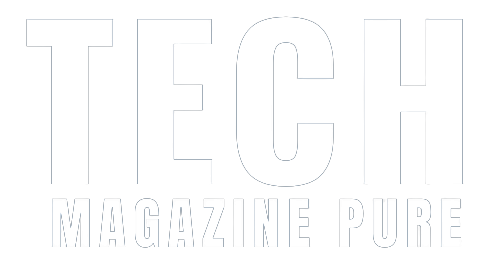Search Engine Optimization (SEO) has become an essential tool for businesses and individuals looking to enhance their online presence and improve their website’s visibility in search engine results. As the internet continues to evolve, understanding the basics of SEO is crucial for anyone aiming to attract organic traffic and increase their website’s rankings. By decoding SEO and grasping its fundamental principles, individuals and businesses can effectively optimize their websites, drive more traffic, and ultimately, achieve their online goals. In this article, we will delve into the SEO Understanding the Basics of search engine optimization, demystifying its complex concepts and providing a comprehensive understanding of how it works.
Decoding SEO Understanding the Basics of Search Engine Optimization
In today’s digital age, having a strong online presence is crucial for businesses and websites. One of the key elements in achieving this is through Search Engine Optimization (SEO). However, understanding the basics of SEO can be overwhelming, especially for those who are new to the concept. In this article, we will decode SEO by breaking down its fundamental components and explaining how it works.
What is SEO?
Search Engine Optimization (SEO) is the practice of optimizing a website to improve its visibility and ranking in search engine results pages (SERPs). When a user searches for a specific keyword or phrase, search engines like Google or Bing display a list of websites that are deemed relevant and authoritative. SEO helps websites appear higher in these search results, thus increasing organic (non-paid) traffic and potential customers.
Keywords and Content
Keywords are the foundation of SEO. These are the words or phrases that users type into search engines to find information. By identifying and targeting the right keywords for your website, you can optimize your content to match what users are looking for.
To choose the best keywords, consider your target audience, research popular search terms, and analyze what your competitors are doing. Once you have a list of relevant keywords, incorporate them strategically into your website’s content, including titles, headings, paragraphs, and meta tags. However, it is important to avoid keyword stuffing, as search engines may penalize websites that engage in this practice. Aim for a natural and user-friendly flow of content.
On-Page SEO
On-Page SEO refers to optimization techniques applied directly on your website’s pages to improve their visibility to search engines. This includes optimizing meta tags, headers, URLs, and image alt tags. It is also crucial to ensure that your website has a clear and logical structure, making it easy for search engines to crawl and index your pages.
Furthermore, having high-quality and relevant content is key. Search engines prioritize websites that provide valuable information to users. Regularly update your website with fresh, engaging, and informative content to improve your SEO ranking.
Off-Page SEO
Off-Page SEO involves activities that take place outside of your website but still contribute to its ranking. Link building is an essential aspect of off-page SEO. It entails acquiring high-quality backlinks from other reputable websites, as search engines consider these links as votes of confidence in your site’s credibility and authority.
Building backlinks can be achieved through various methods, such as guest blogging, social media sharing, and influencer collaborations. However, it is important to focus on acquiring natural and relevant backlinks, as search engines can detect and penalize websites with spammy or low-quality links.
Technical SEO
Technical SEO focuses on the technical aspects of a website that affect its visibility in search engines. This includes optimizing website speed, mobile-friendliness, site architecture, and structured data markup. Ensuring that your website’s technical elements are optimized improves user experience and allows search engines to crawl and index your pages efficiently.
Monitoring and Analytics
SEO is an ongoing process that requires constant monitoring and analysis. Utilize tools like Google Analytics and Google Search Console to track your website’s performance, identify areas for improvement, and measure the effectiveness of your SEO strategies. Regularly review your website’s analytics to gain insights into user behavior, organic traffic, click-through rates, and other relevant metrics.
In conclusion, SEO is a multifaceted practice that requires a combination of keyword research, content optimization, on-page and off-page techniques, technical optimizations, and continuous monitoring. By understanding and implementing these fundamental aspects of SEO, you can improve your website’s visibility, attract more organic traffic, and ultimately increase your online presence and business success.


